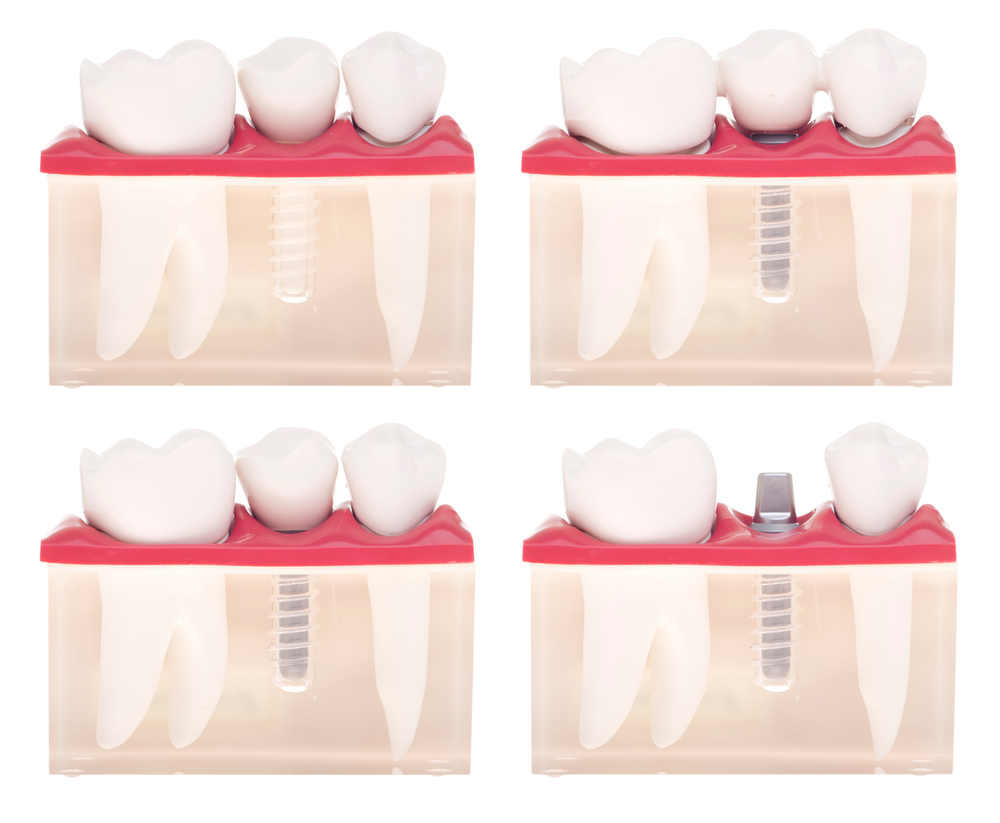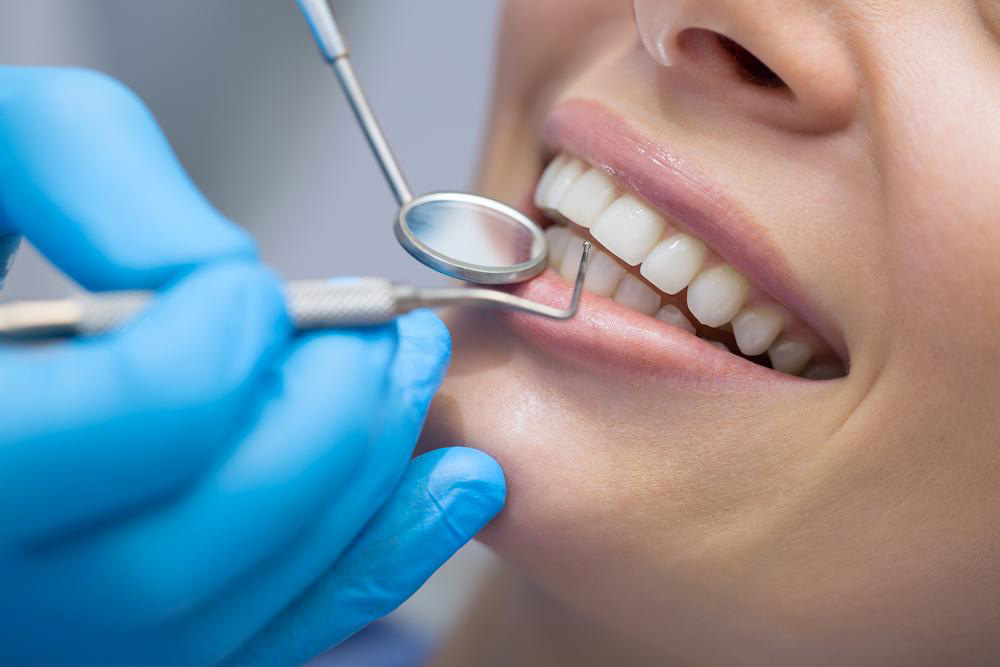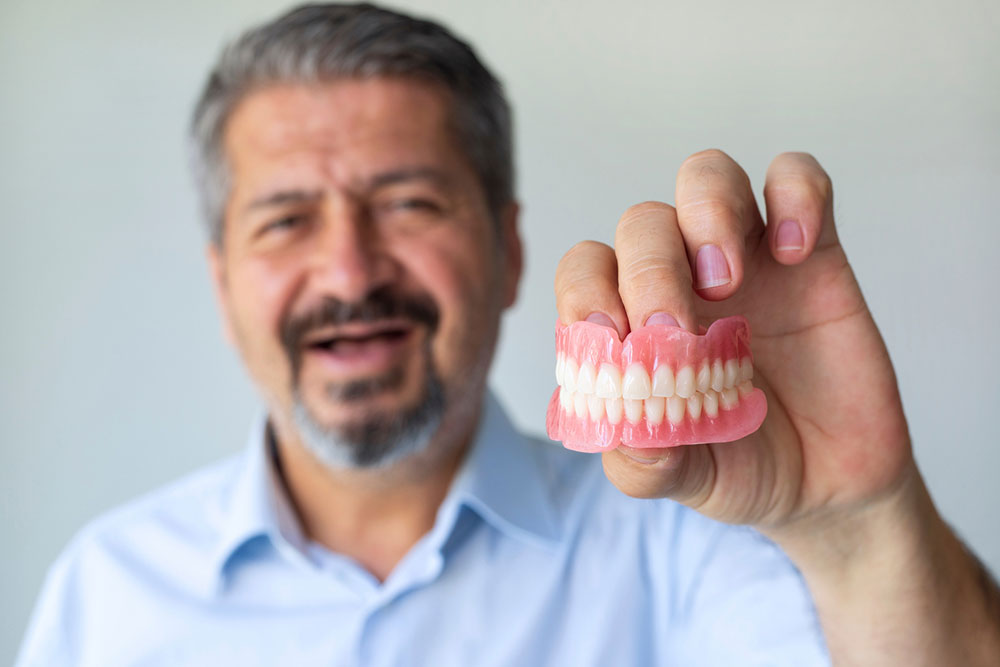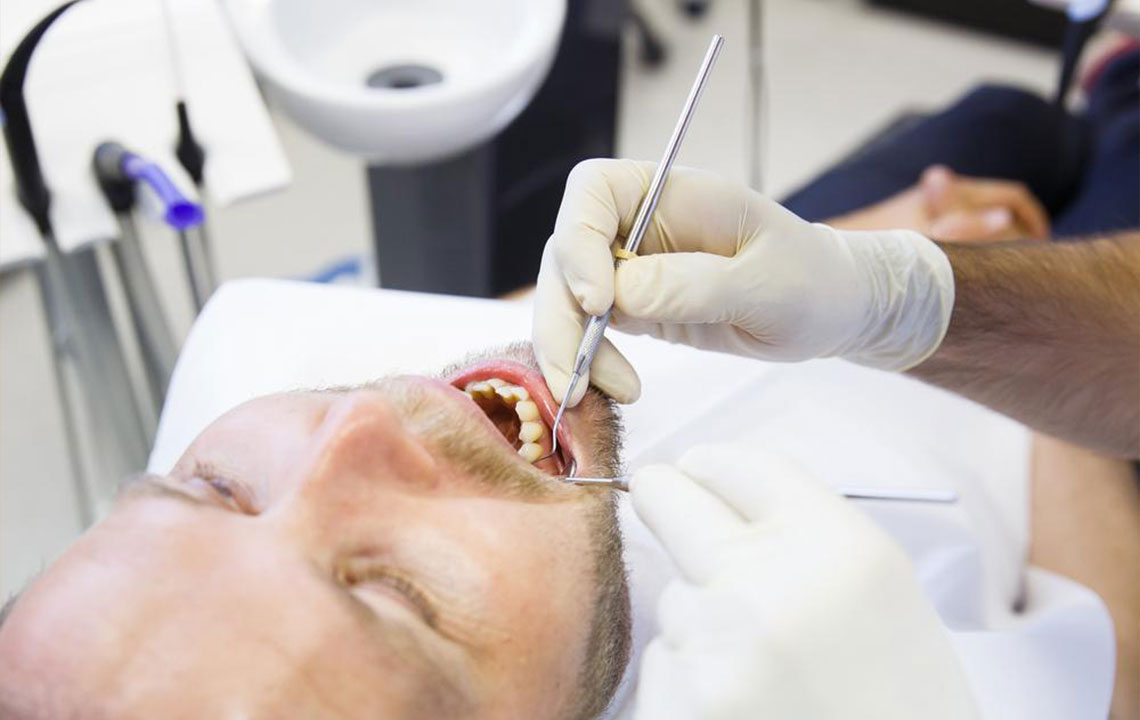Comprehensive Guide to Dental Crowns and Caps
This comprehensive guide explains everything about dental crowns and caps, including their purpose, types, placement process, and terminology. Learn how these restorations protect and aesthetically enhance damaged teeth with minimal visits to the dentist. The article offers essential insights for anyone considering dental crowns or caps, emphasizing the importance of professional consultation for optimal results.
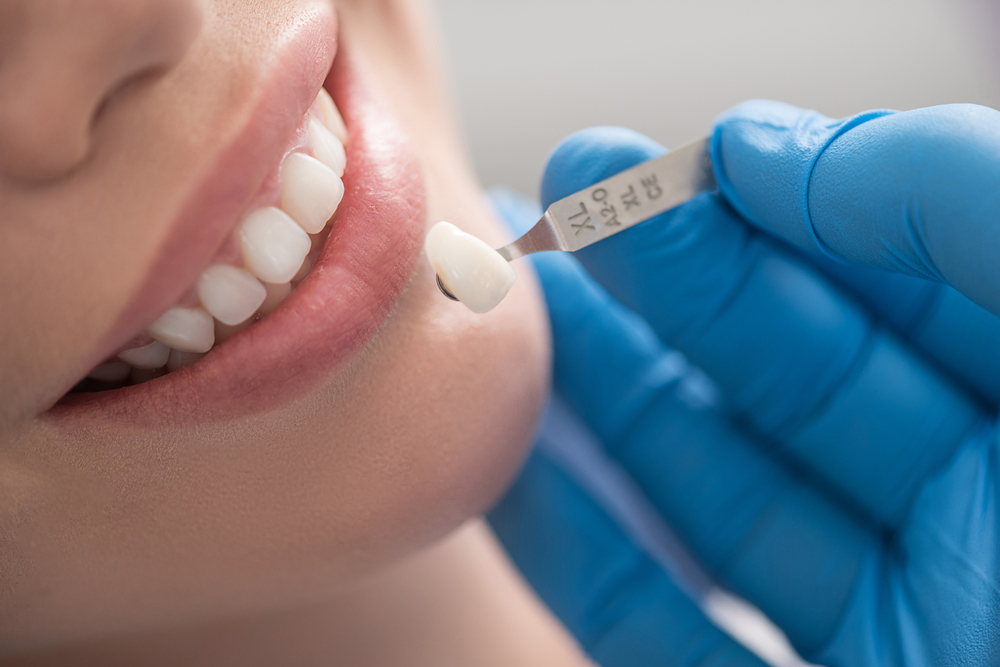
Understanding Dental Crowns and Caps
A dental crown or cap is a common prosthetic used to restore damaged teeth. It completely covers the top and sides of a tooth or dental implant, providing protection and support. Unlike fillings that repair small areas, crowns overlay the entire visible part of a tooth, cemented firmly in place. They restore strength, improve appearance, and maintain function, blending seamlessly with natural teeth. Properly placed crowns ensure the tooth functions normally and looks aesthetically pleasing.
Reasons to Get Dental Crowns and Caps
Shield weakened or misshapen teeth
Repair broken or damaged teeth
Strengthen teeth that need fillings
Support dental bridges
Enhance the appearance of teeth
Terminology for Crowns
The terms crowns and caps are often used interchangeably, referring to the same dental restoration. They may also be called tooth caps, dental caps, or jackets. For example, porcelain jackets describe fully ceramic crowns. Dentists tend to use the term "crown," while patients might prefer "cap." It's essential to understand that all these terms describe the process of covering or crowning a tooth for restoration or aesthetic purposes.Placement of crowns typically involves two visits. During the first appointment, the dentist will take X-rays to assess the tooth and root health. The tooth is prepared by filing it down, and a temporary crown is placed, usually made of acrylic or steel. On the second visit, the temporary is removed, and the permanent crown is checked for fit. Once confirmed, the dentist cements the crown in place, restoring strength and functionality. Proper placement ensures long-lasting results and a natural appearance.


